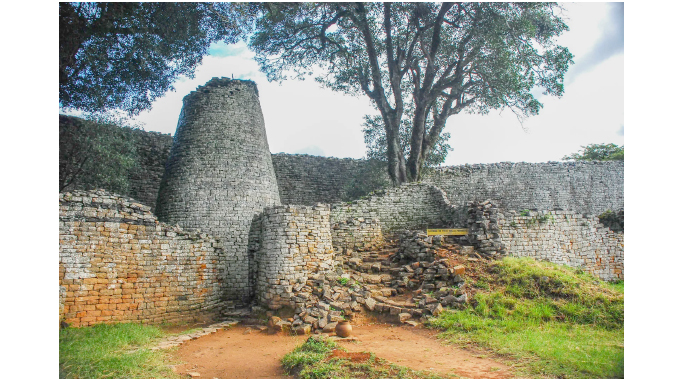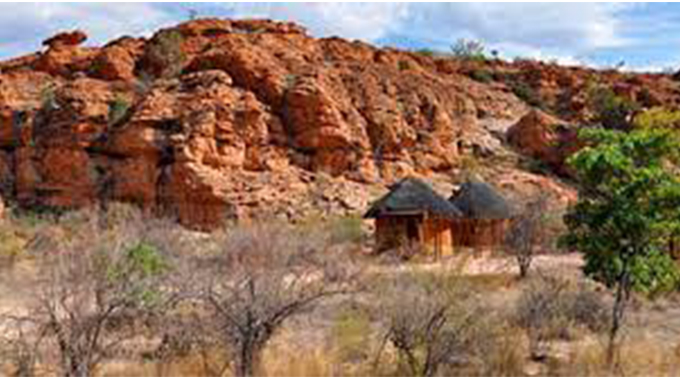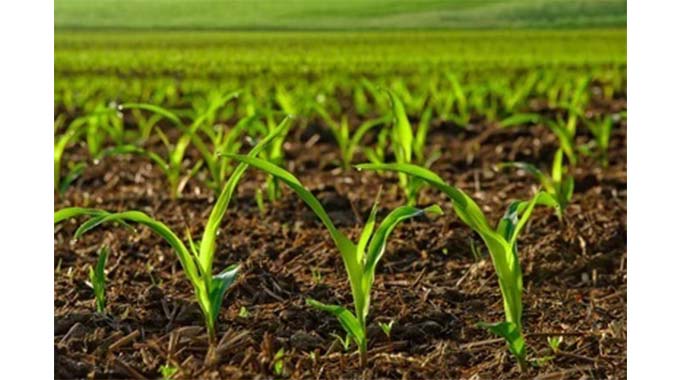
The Sunday News

There is no single factor which can be used to explain the rise and expansion of the state. Several factors have been suggested by historians basing their arguments on different historical sources, that is others used oral tradition while others used archaeological evidence and written records.
Downfall of Mapungubwe State
After about the 12th century, the Mapungubwe state was the dominant formal political state in South Africa. It is generally regarded as the predecessor to Great Zimbabwe. The rise of Mapungubwe was associated with the introduction of livestock between Limpopo and Shashe valley.
Acquisition of livestock facilitated the relatively stable economy that warranted developments of settlements. The area between the Shashe and Limpopo rivers offered good grazing ground for livestock. Gold was later introduced at Mapungubwe but it was not all that significant.
An important aspect of the economy was the trade in ivory.

Mapungubwe State
The fall of Mapungubwe was a result of several factors. It is believed that an increase in livestock led to deterioration of grazing lands and ultimate inadequate food supplies for the animals. The situation was worsened by periodic droughts and veld fires. There was an ultimate reduction in livestock productivity hence the decision by the people to abandon the area. There was also change in trade routes as people migrated to other parts of the continent.
At that point in time, the disintegrating state meant that the economy in that area was no longer sustainable at a time when prices of gold have gone up. These chances were seized by the people of Zimbabwe plateau as they had access to alluvial gold which enabled them to take control of gold trade with the east coast. In the process, the people at Great Zimbabwe controlled markets that had belonged to Mapungubwe.
With the expansion in gold trade, the people of Great Zimbabwe strengthen their political power especially at the time the demand for gold was at its highest. The rulers at Great Zimbabwe started to build a bigger settlement area and to consolidate their political power. The rise of Great Zimbabwe coincided in the growth of Kilwa—a trading post on the east African coast.
Since the 12th century Kilwa had become a new city-state and was ruled by Muslim dynasty called Shirazi who manipulated and bought goods from the interior—Great Zimbabwe was one of the suppliers of trade goods. It was the most successful and largest of all states in Southern Africa.
Role of Trade (trade theory)
The other argument is that Great Zimbabwe arose as a trading centre. Archaeologists have found evidence of important trade goods such as ceramics, glass beads made from Persia which are evidence of external trade. Trade brought new forms of wealth to the people of Great Zimbabwe. The weakness of this argument is that the state did not lie on the famous trade routes e.g Sena-tete route and Zambezi-Limpopo route.
Again, the area had very little trading goods like gold, copper and ivory but however, these trading items were available due to local trade with the interior people and due to raiding through use of their strong army and payment of tribute. Its strategic position enabled them to exploit the interior resources in the western part of the region.
Strategic position of the state
Location of Great Zimbabwe is very questionable in relation to desired resources, that is gold and ivory. The area had little gold and ivory and most its trade items were through raiding the iron age people living in the western part of the region where gold and ivory were plenty- the state used its military power to gained trade items.
The army was also used to enforce payment of tribute in form of gold and ivory. Thus, external trade with coastal people helped to consolidate political centralisation of the state which had already been achieved through cattle accumulation. This indicates the diversity of its economy based on trade, tribute payment, cattle accumulation and raiding of weaker societies. However, being strategically positioned with the coastal people, they managed to acquire gold and ivory. Archaeological evidence turns to prove this interregional trade by presence of Chineseware, Chinese bowls, ceremics, beads etc.
Cattle accumulation/pastoralism
Great Zimbabwe arose as a result of pastoralism. This argument is convincing to a reasonable extent. There is large evidence of cattle keeping by large quantities of cattle dung and bones excavated by the archaeologists in graves. Secondly, the area had palatable grass which was suitable for cattle keeping and area was tsetse fly free hence conducive for cattle keeping.

Good climatic conditions were favourable for animal husbandry. The fact that it was densely populated support the notion that there were lots of cattle to sustain the population in terms of food hence promoting population growth.
Crop farming
Central to its economy was crop farming which led top population growth and settled settlement.
The role of the army
One of the arguments put forward was that Great Zimbabwe grew as a result of militaristic activities which gave rise to the state.

Crop farming
It conquered and absorbed weaker groups in the region. The army enforced the payment of tribute to consolidate its economic power.
The role of religion
One argument is that Great Zimbabwe rose as a religious centre that was for praise and worship (praising God through spirit mediums) e.g there were some symbolic birds dotted around the Hill signifying that they practised religion which acted as a unifying factor.
Supporters of this argument also associated the conical tower with chevron pattern on clay pots with religious activities-faith theory based on oral tradition and archaeological evidence.
Manners Msongelwa is the president of History Teachers of Zimbabwe and Association of History Teacher’s and Lecturers in Africa. Follow All his lessons on YouTube channel Manners Msongelwa



